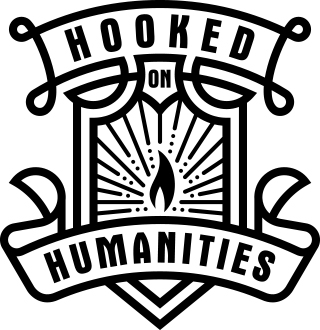The inspiration for this post came from reading Inquisitive Isabella to my 3-year old! She just loves Isabella (or Issy) the Inquisitive Ibis. Why? Because ...
Which teacher does not like an 'ideas ibis'? We love students with ideas, those with the propensity to think 'outside the box' and present a completely original interpretation of what has been presented in class. We work to promote all the characteristics of Susannah McFarlane's Inquisitive Ibis. We encourage inquisitiveness, new and inspirational ideas, initiative and teamwork... we even encourage them to use the internet - just like Issy Ibis! All this so that our own Inquisitive Ibises investigate thoroughly and ingeniously "invent an immunisation" to rid other ibises of "itching insects"!! Are these not the hallmarks of what a 21st century learner is? One who works collaboratively to build on their own knowledge and so become a world changer? One who is a critical thinker able to communicate understanding creatively?
Enter... INQUIRY LEARNING!
Inquiry learning is the cornerstone of all teaching and learning in Humanities and Social Sciences classrooms. Inquiry learning fosters the development of active citizens, keen participants and contributors to the world around them. Inquiry learning encourages students to question, explore and synthesise information presented to them rather than be passive recipients to everything they see and hear. We need the future generation to be one that does not accept mediocrity, who act ethically, we need them to call corrupt governments into account, we need our young people to act generously, intelligently and with integrity.
So, what is inquiry learning? Is it based on sound psychological or educational research? Is it one of the many new and shiny methods we, as teachers are 'forced' to employ?
In fact, Inquiry Learning is as old as the hills! It has its roots in the great teachers and philosophers of the ancient world. Socrates famously wrote "I cannot teach anybody anything. I can only make them think." Socrates' worked alongside his students. He used dialogue whereby direct questions were posed which led students to see the world around them from their own schemas. Sharon Friesen with Candace Saar, in their website Galileo Educational Network elaborate on the questioning method Socrates used and I quote:
“Starting with the notion that the only thing he knew was he knew nothing, Socrates would engage in a systematic and disciplined questioning process to discover basic truths about the inner workings of the natural world and ethical questions related to such enduring concerns as the nature of justice. By posing such seemingly simple questions as “What is justice?,” Socrates showed that many commonly-held assumptions were flawed and even illogical.”
Jesus, the greatest teacher and philosopher consistently taught those around him through parables set in the experiences and the environments of the listener. For example, in the parable of the sower in Matthew 13, a farmer would know well that a seed which fell..
- on the path would be stolen by birds,
- on rocky places would struggle to establish strong root systems,
- among thorns would get choked by the thorny weeds and
- on good soil would flourish and bear fruit a hundred, sixty or thirty times what was sown.
Jesus used this understanding of the natural world to teach his listener about the value of the seeds of His word and teaching. And so, to use constructivist terminology, the learner was able to refer to their own prior understanding of the world and build new knowledge into new schemas.
Inquiry learning is based on the theories of constructivism developed by Jean Piaget, Lev Vygotsky and John Dewey.
Jean Piaget's cognitive constructivism espoused that learning takes places within the mind of a learner. For Piaget, students construct new knowledge based on pre-existing ideas and experiences. In doing so, students create new schemas which result in new and unique interpretation of issues in the world around them.
“Every function in the child’s cultural development appears twice: first, on the social level, and later, on the individual level; first, between people (interpsychological) and then inside the child (intrapsychological). This applies equally to voluntary attention, to logical memory, and to the formation of concepts. All the higher functions originate as actual relationships between individuals”
Vygotsky saw learning within a social context, coining the phrase "zone of proximal development." Very simply, this means students learn in a social context where knowledge is acquired from those with greater knowledge and experience around them.
The inquiry learning process demands a great deal of time for students - to ask questions, research, organise information and present it coherently and finally reflect (including reflecting on how they learn i.e. metacognition). In the crowded curriculum, the million dollar question is: HOW?? There are tests to prepare for, reports to write, parent/teacher evenings etc etc...
Teachers need time to develop the means by which they can lead students to adopt an inquiring mind. Realistically, students can tap into these through the provision of graphic organisers which encourage critical thinking. Teachers need to provide students with visible thinking tools.
Enter Project Zero whose primary aim is to provide teachers with an excellent range of research based strategies they can use in the classroom. There are so many. Some are quite popular and well used such as 'Think, Pair, Share'. Click here to access some great 'oldies' and some 'newbies'!!
References:
Spronken-Smith, R. (n.d). Experiencing the Process of Knowledge Creation: The Nature and Use of Inquiry-Based Learning in Higher Education. University of Otago, New Zealand.


